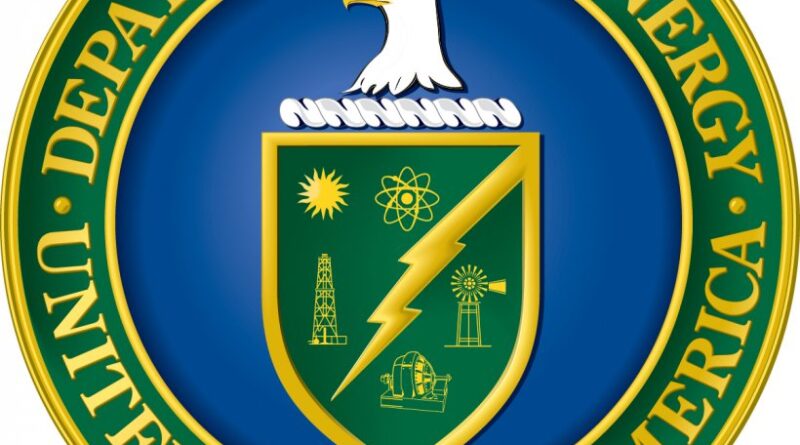U.S. DOE Announces $33 Million for Advanced Concentrating Solar-Thermal Projects Across Seven States
In line with the Biden-Harris Administration’s Investing in America agenda, the U.S. Department of Energy (DOE) announced a $33 million investment in nine projects across seven states.
According to SolarQuarter, these projects aim to advance concentrating solar-thermal (CST) systems technologies for solar fuel production and long-duration energy storage. CST technologies utilize mirrors to reflect and concentrate sunlight onto a receiver, aiding in the production of carbon-free clean fuels, heat, and storage for various applications. This initiative is part of President Biden’s whole-of-government strategy to reduce harmful carbon emissions and achieve the nation’s ambitious clean energy and climate goals.
“Under the Biden-Harris Administration, DOE continues to invest in next-generation solar technologies to tackle the climate crisis and ensure American scientific innovation remains unparalleled,” said U.S. Secretary of Energy Jennifer M. Granholm. “With today’s announcement, DOE is supporting projects that will harness the sun’s energy for diverse applications, from powering NASA space missions to beer and wine production.”
The DOE’s Solar Futures Study highlights the need for extensive energy storage, with significant growth in long-duration storage required to meet the administration’s clean energy and climate objectives. To expedite the development of these technologies, DOE launched the Long Duration Storage Shot™ to drastically reduce costs within the decade. Additionally, the industrial sectors, accounting for 33% of the nation’s primary energy use and 30% of energy-related carbon dioxide emissions, will increasingly need clean sources of heat and fuel. Breakthroughs in this area are supported by DOE’s Industrial Heat Shot™, Hydrogen Shot™, and Clean Fuels & Products Shot™.




